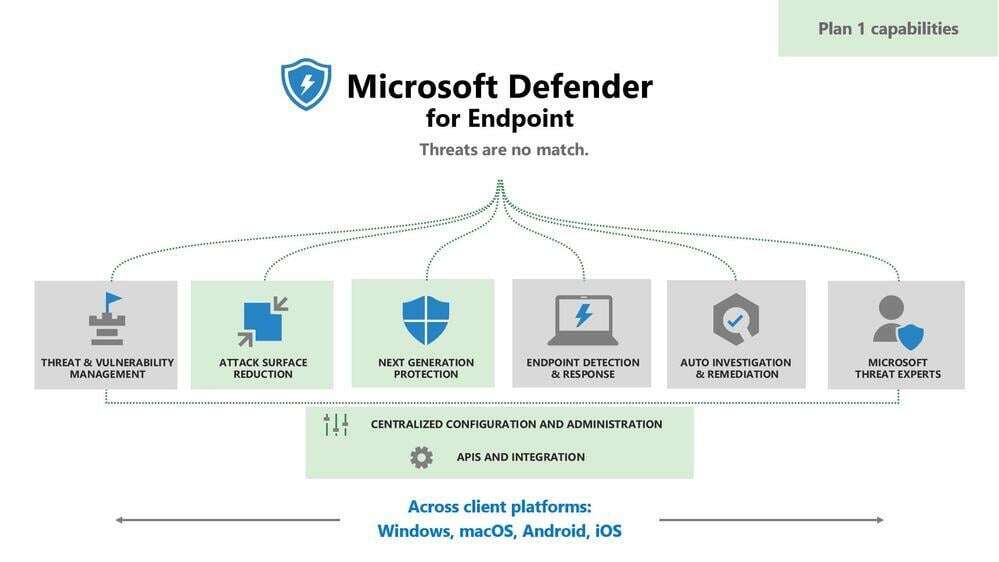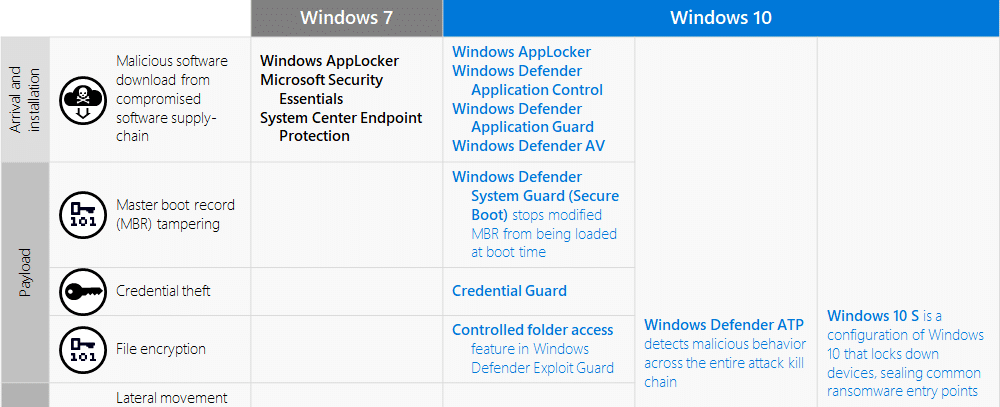Microsoft Defender for Endpoint and Intel TDT Combine for a New Ransomware Defense
Intel Threat Detection Technology (TDT)
Ransomware encrypts business and user data, making it inaccessible to organizations in order to hold it for ransom---and this process creates a lot of activity in the target's central processing unit (CPU). Intel TDT watches this activity through telemetry signals that its Intel hardware sends out. The hardware's performance monitoring unit (PMU) records low-level information about the execution patterns of instructions that are processed by the CPU. This information then goes through machine learning techniques to help determine whether the CPU activity is legitimate or malicious. If an attack is happening, TDT is able to detect the malware code execution “fingerprint” at runtime. Now paired with Microsoft Defender for Endpoint, the detector sends its signals to MDE, which applies its own threat intelligence and machine learning to assess the danger. If the occurrence is a true threat, Defender for Endpoint will automatically block or remediate it. In addition to this new integration, Intel TDT has also recently added performance improvements and optimizations to its technology---for example, it now offloads the machine learning process to its integrated graphics processing unit (GPU), which allows for continuous monitoring.
Now paired with Microsoft Defender for Endpoint, the detector sends its signals to MDE, which applies its own threat intelligence and machine learning to assess the danger. If the occurrence is a true threat, Defender for Endpoint will automatically block or remediate it. In addition to this new integration, Intel TDT has also recently added performance improvements and optimizations to its technology---for example, it now offloads the machine learning process to its integrated graphics processing unit (GPU), which allows for continuous monitoring.
WastedLocker Ransomware Example
The new Microsoft Defender for Endpoint and Intel TDT solution was tested with a family of ransomware called WastedLocker (or Win32). This ransomware, which first appeared in 2020 and continues to evolve today, generally lures users with fake browser updates that lead to the downloading of content that delivers the ransomware. Data is then encrypted and renamed with the extension ".eswasted." These attacks are custom-configured to target specific organizations, and they are continually tuned to be able to evade security solutions. Microsoft tested the most recent WastedLocker binaries on a PC deployed with Microsoft Defender for Endpoint and Intel TDT. When the ransomware was run, activity in the CPU during encryption could clearly be seen spiking: [caption id="attachment_7085" align="aligncenter" width="514"] Graph from
Microsoft[/caption] Then it was up to TDT's machine learning as well as MDE's threat intelligence to assess whether this spike was from normal usage or malicious activity. It identified the CPU activity as Win32, labeled it a severe threat, and automatically blocked it. It also created a notification of the threat with details about it.
Graph from
Microsoft[/caption] Then it was up to TDT's machine learning as well as MDE's threat intelligence to assess whether this spike was from normal usage or malicious activity. It identified the CPU activity as Win32, labeled it a severe threat, and automatically blocked it. It also created a notification of the threat with details about it.
Microsoft Defender for Endpoint and Intel TDT: Protection at Multiple Levels
With ransomware tactics constantly developing, security solutions need to evolve and become continuously better as well. The combination of Microsoft Defender for Endpoint and Intel TDT brings improved security at both hardware and software levels. This helps stop ransomware activity before it can do its damage. The result can be a huge saving in costs that would have been incurred for ransom payments, in addition to time and productivity lost. The integrated approach reflects a recognition of the need for well-rounded defense that covers multiple layers, bringing a stronger security stack to organizations. More recent news in Microsoft security:Stay connected. Join the Infused Innovations email list!
Share this
You May Also Like
These Related Posts
Pricing for MDE P1 - Microsoft Defender for Endpoint is Getting a New SKU


Pricing for MDE P1 - Microsoft Defender for Endpoint is Getting a New SKU
August 31, 2021
2
min read
Why Ransomware Is Still a Problem


Why Ransomware Is Still a Problem
March 9, 2020
4
min read
Top 3 Anti-Ransomware Guards for Windows 10 in 2020


Top 3 Anti-Ransomware Guards for Windows 10 in 2020
January 6, 2020
8
min read
No Comments Yet
Let us know what you think